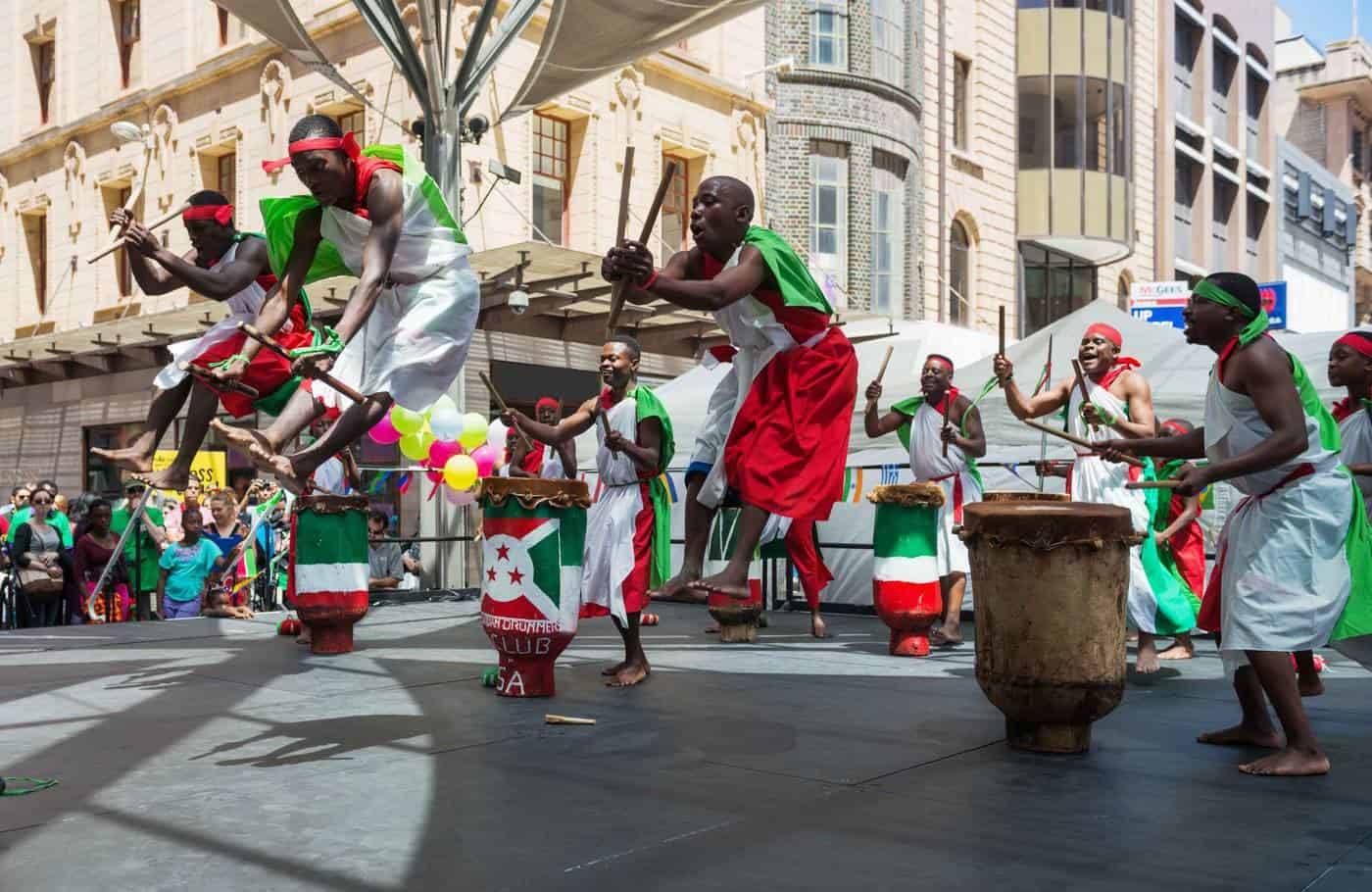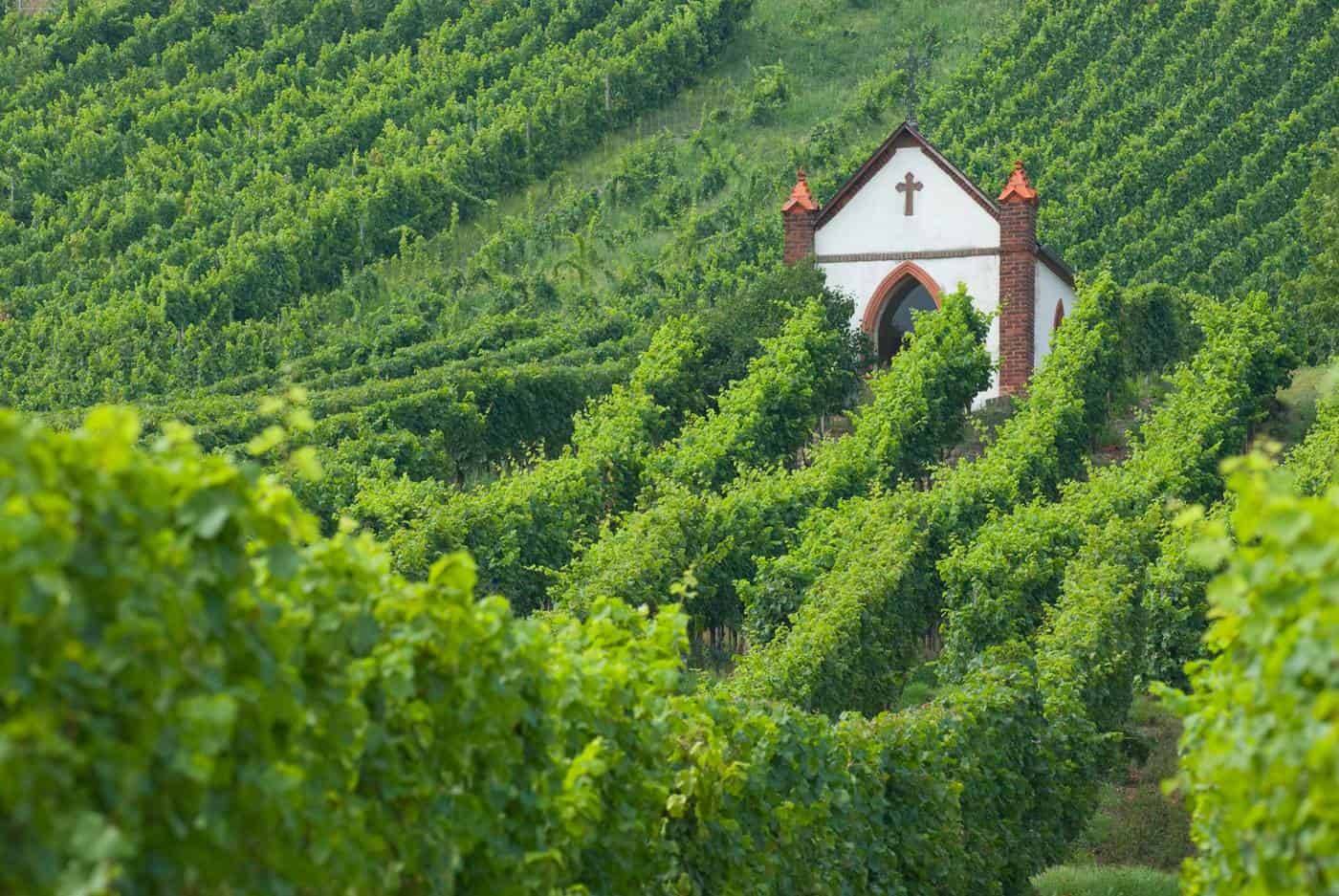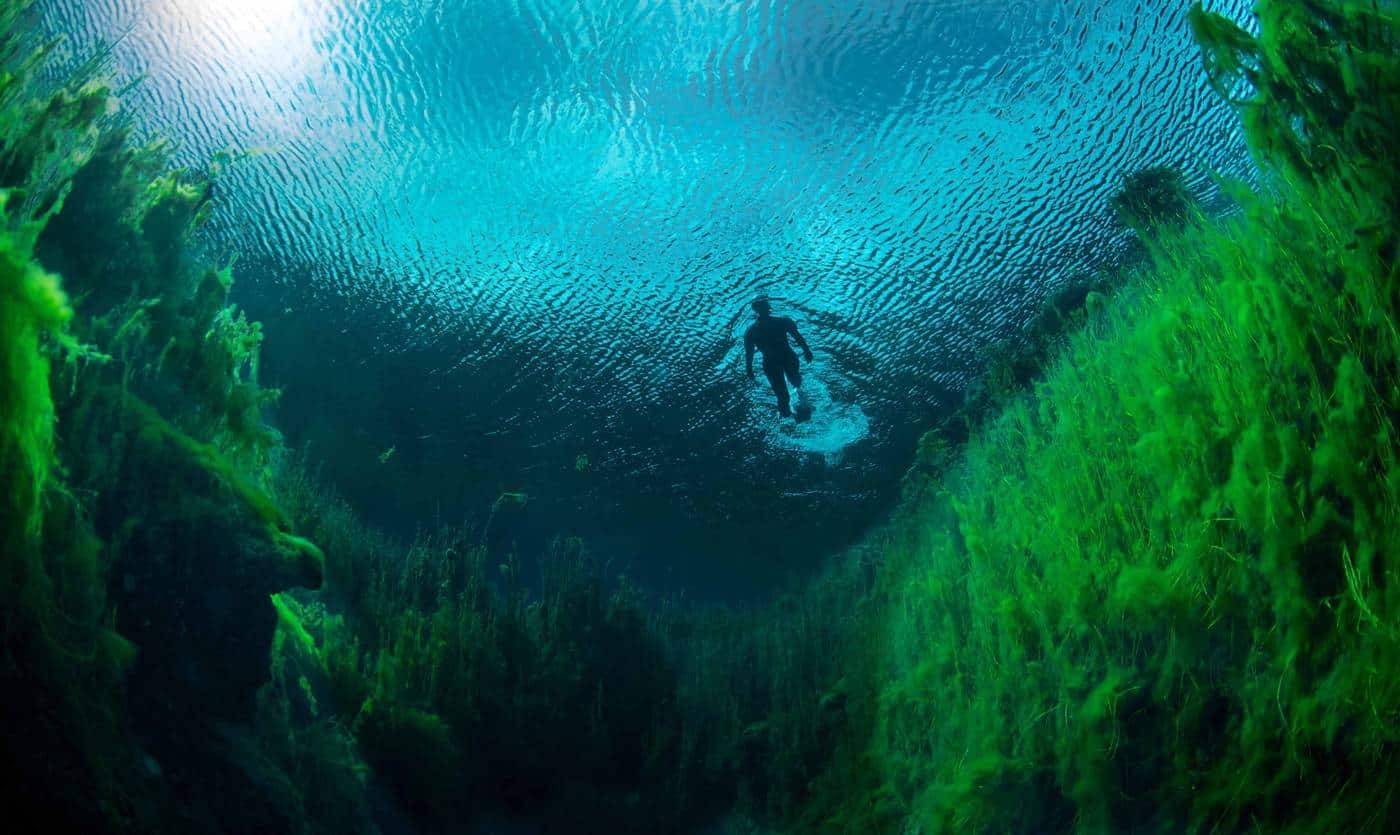
THE LIMESTONE COAST
The empty area between Mount Gambier and Adelaide was settled in the 19th century by the Europeans. Particularly, German immigrants quickly changed the native wilderness into fertile land by extensive cultivation, agriculture, viticulture and forestry and continued their farming legacy. The pleasant Mediterranean climate on the coast only contributed to their great success.
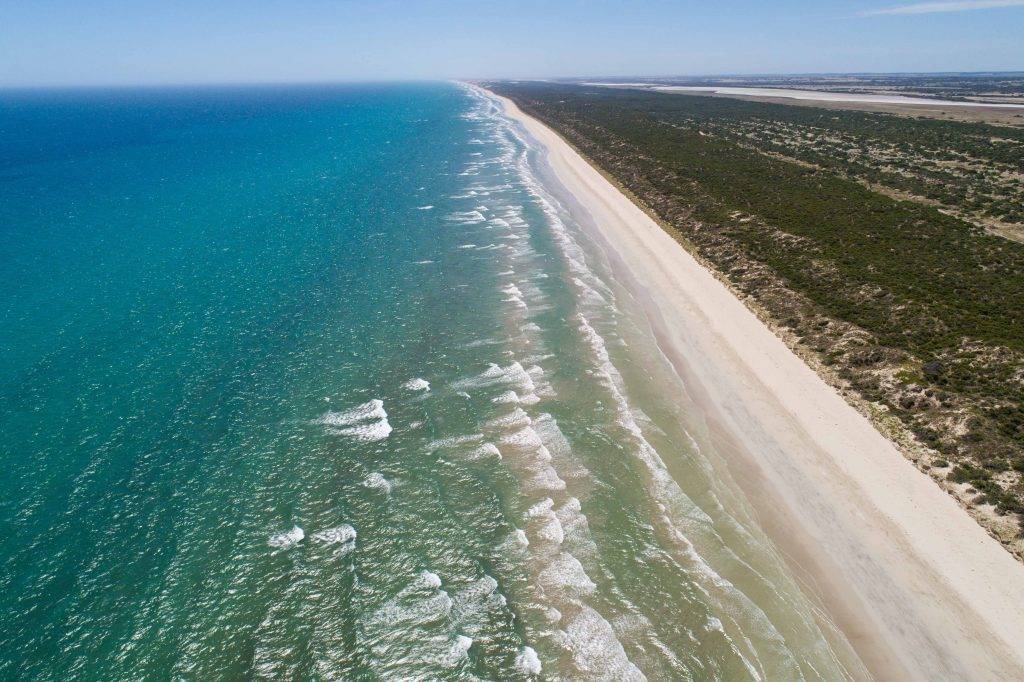
Most of the Limestone Coast is low-lying, and its plains have been subject to floods since ever. Although this did not much much benefit to the European farmers, the endemic birdlife has always profited from the abundant waters in the coastal lagoons, inlets and lakes.
Many wetlands have remained, and today, most of them are national parks or protected reserves and home to unique birdlife. Elsewhere, the underlying limestone has eroded in places into spectacular caves which make a drawcard for tourists.

PORT ELLIOT – SOUTH AUSTRALIA`S BEACH GEM
Merely one hour away, Victor Harbour and Port Elliot are the first holiday hubs in the Long Bay, stretching along more than 300 kilometres from Cape Jervis to Cape Jaffa. Nestled in the marvellous Encounter Bay, not far from the wetland Lake Alexandrina and the Murray River mouth, this area is a popular camping, fishing, surfing and walking location.
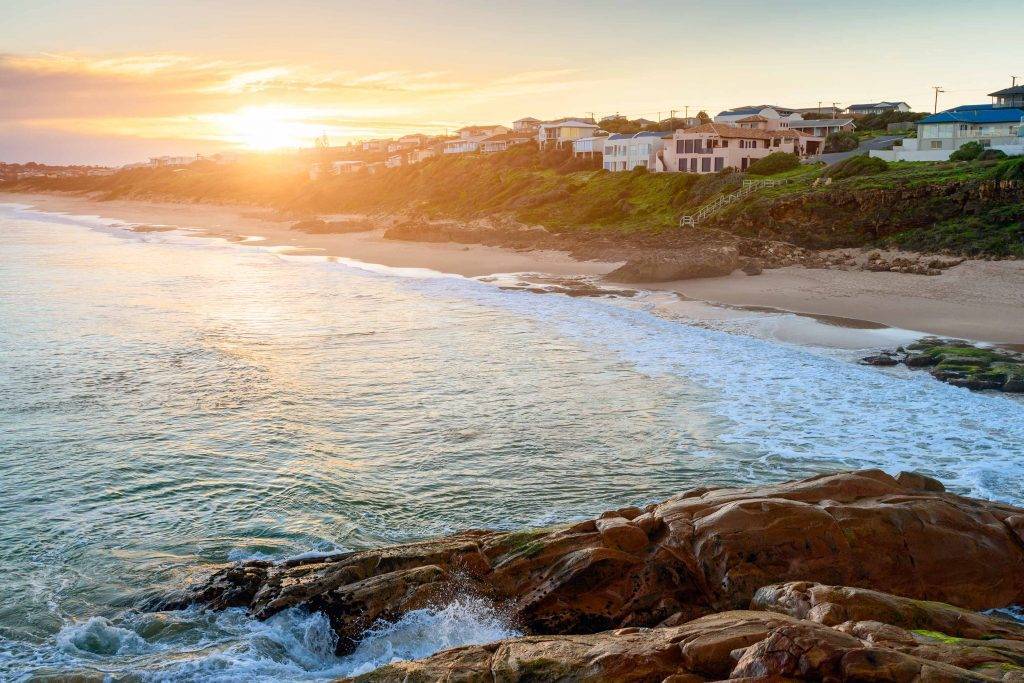
ESSENTIAL EXPERIENCES IN PORT ELLIOT
- Victor Harbour Steam Ranger – historical steam locomotive
- Whale watching – in winter (Jun-Sep)
- Penguin watching – all year round
- Granite Island – the historic whaling station where you can get by a horse-drawn tram
- Coastal Discovery Trails – the Watsons Gap, the Red Walk, the Blue Walk, Penguin Walk, Harbourmasters Walk
- Horseshoe Bay & Boomer Bay – outstanding views, magnificent beaches

COORONG NATIONAL PARK – COASTAL WETLANDS
This extensive wetland reserve is a significant Aboriginal archaeological site and important breeding area for hundreds of bird species migrating from as far as Siberia, China and Japan.
The national park has an extraordinary feature; freshwater inflow from the Murray River into the saline lagoon causes a ‘reverse’ estuary because salinity increases here with distance from the river mouth.

The sweeping dunes of the Younghusband Peninsula are protecting the lagoons from the Southern Ocean and offer some unique walking opportunities, 4W driving and also kayaking, boating, fishing and bird watching.
Further south, passing Cape Jaffa, the road leads to a chain of lakes and dunes. Lake Robe, Lake Eliza, Lake St Clair and Lake George are the favourite holiday spots for the locals. Little Dip and Beachport Conservation Parks feature Aboriginal sites, abundant birdlife, beautiful lagoons and sand dunes provide ideal conditions for recreation, including boating, swimming, kayaking, camping, fishing, coastal walking, beachcombing, birdlife photography and diving.

The nearby Canunda National Park with its coastal Lake Bonney is a stretch of wild coastline with magnificent beaches and marine life such as sharks, whales, dolphins, rays and crayfish. 4W driving and bush camping at the Geltwood Beach can be enjoyed in any season.

ESSENTIAL EXPERIENCES IN THE COORONG NATIONAL PARK
- Coorong National Park – historical Aboriginal site, migrating birdlife, photography, water activities, camping, walking, recreation, best kayaking on the coast
- Beachport Conservation Park – ideal for a family holiday, excellent facilities
- Little Dip Conservation Park – good fishing and great recreational location, sand dunes, camping, bird spotting, perfect for families and children
- Canunda National Park – surfing, marine life watching, diving

MOUNT GAMBIER – VOLCANO CITY
Situated on the sides of a series of volcanic craters, at the border with Victoria, the historic town of Mount Gambier is the second-largest city in South Australia.
Mount Gambier is known for limestone and softwoods, but more importantly for its four volcanic lakes, numerous caves and sinkhole amongst which the most notable Blue Lake attracts most of the visitors. This monomictic crater-lake is famous for changing colours throughout the year and the best way to observe its calm waters it is by walking around.

The south of the limestone coast is characteristic of caves and caverns, and it is a popular destination for scuba divers. Whether diving in the crystal clear waters of the Piccaninnie Ponds, snorkelling in the spring-fed limestone ponds of Ewens Ponds or exploring the astonishing display of cave decorations in the Tantanoola Caves – here adventure awaits around every corner.

ESSENTIAL EXPERIENCES IN MOUNT GAMBIER
- Blue Lake Park – walk around and explore the constantly changing colours of the volcanic lake
- Valley Lake Park – great walking around this volcanic lake, a wildlife park, Centenary Tower at the top of the crater
- Umpherstone Sinkhole – beautiful sinkhole gardens and an astonishing geological formation
- Cave Gardens – truly an oasis in the middle of the city
- Ewens Ponds Conservation Park – snorkelling along the shallow channels or scuba diving in the spring-fed limestone ponds (up to 10m deep)
- Piccaninnie Ponds Conservation Park – snorkel across the top of the channel in the internationally recognised wetland and peer down into the dark depths below. There is an amazing underwater cavern, called the Cathedral; there is a lovely walking trail around the swamp, too
- Tantanoola Caves Conservation Park – one of the most impressive caves in South Australia, suitable for any age group, beautiful walking trail accessible for wheelchairs and prams
- Telford Scrub Conservation Park – fabulous walk among the treetops in the scrub forest canopy of Telford, boarded path, easy access, brilliant birdlife spotting

NARACOORTE – PREHISTORIC CAVES
A trip to the Limestone Coast would not be complete without visiting the World Heritage Site of Naracoorte. Some of the most captivating fossils on earth are to be found in the Naracoorte Caves. Not just dinosaur fossil but also rare bats can be seen in the Alexandra Cave, Wet Cave and the Wonambi Fossil Centre.

There is a World Heritage Walk and the Stoney Point Hike as well as a mega-fauna with life-size robotics in simulated forests and swamps of the prehistoric world – an unforgettable experience not only for the little ones.
The only place in the world – Bat Cave and Blanche Cave – where colonies of rare species can be seen, and at the Bat Observation Centre visitors get the chance to see the bent-wing bats in their natural habitat.
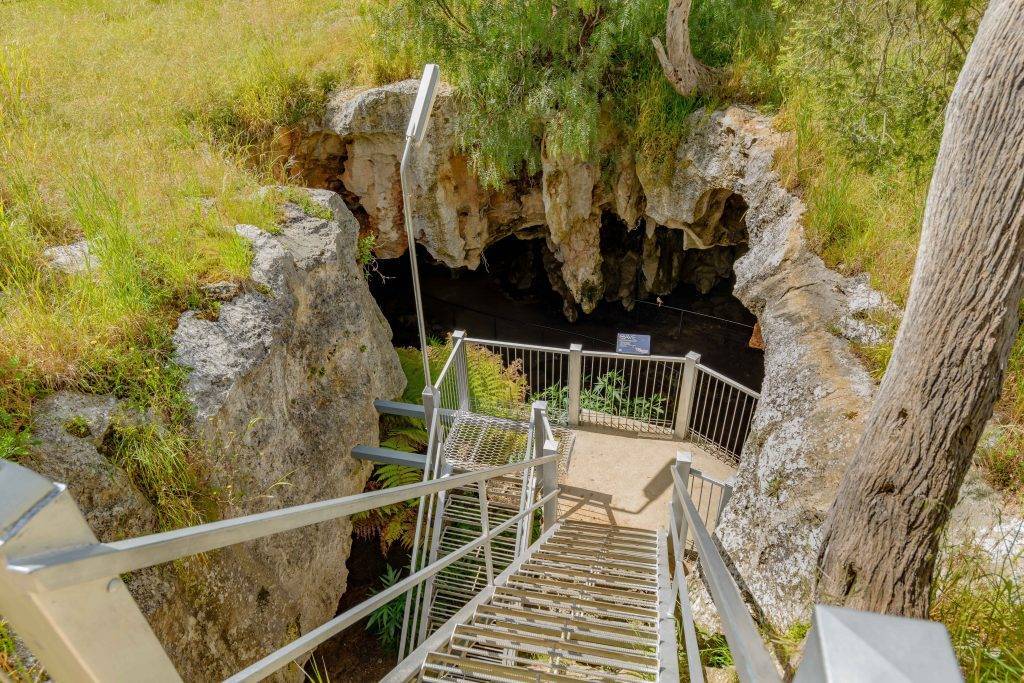
ESSENTIAL EXPERIENCES IN NARACOORTE
- Naracoorte Caves – the internationally recognised fossil and bat caves (Wet Cave, Alexandra Cave, Bat Cave, Blanche Cave, Victoria Fossil Cave, Wonambi Fossil Centre, Bat Observation Centre, various tours available, entry fees apply)
- Bool Lagoon Game Reserve (Hack’s lagoon) – a seasonal wetland with endangered bird species, lovely boardwalks, photography
- Padthaway Conservation Park – native fauna and flora, seasonal wildflowers, gum trees, eucalyptus trees, koalas

WHEN TO TRAVEL
The best time to visit the Limestone Coast is summer, considering that you will want to enjoy the beaches, views and walks. However, to avoid crowds, try to avoid the Australian school holidays (Dec-Feb).
HOW TO GET THERE
Fly to Adelaide or Melbourne.
Mount Gambier has a domestic airport in case you prefer to fly. Otherwise, hire a vehicle in Melbourne, Adelaide or directly in Mount Gambier and self-drive along the coast.
For all flights go to www.scycanner.com or www.momondo.com


